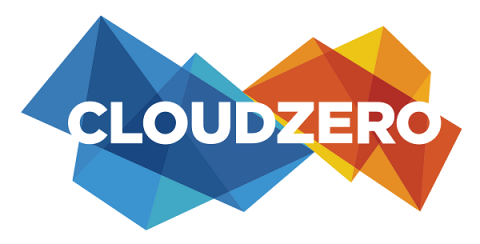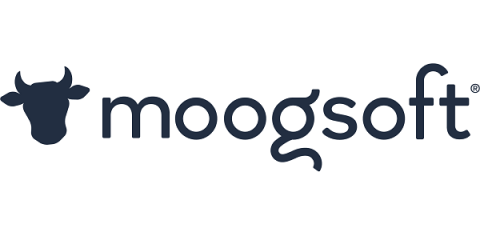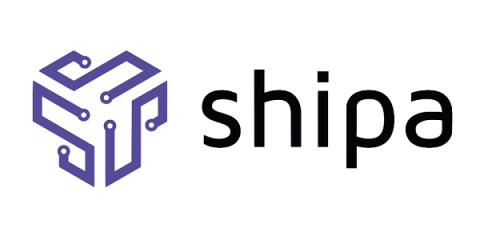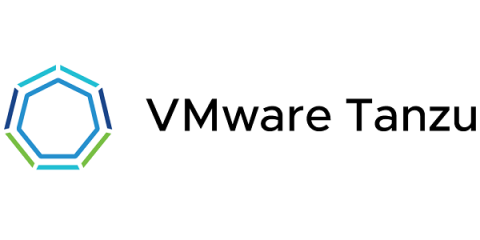Operations | Monitoring | ITSM | DevOps | Cloud
Latest News
Achieving the Observability Imperative Requires AI
The shift to Observability Over the last six months, unified monitoring, log management, and event management vendors have reoriented their technology portfolios (often without any change to the underlying functionality) towards Observability. In so doing, a fair amount of confusion has been generated in the market.
The Future of Kubernetes on DevOps Radio
In this episode of DevOps Radio, Shipa’s CEO and Founder Bruno Andrade joins host Brian Dawson to discuss his thoughts on the future of Kubernetes. DevOps Radio is a CloudBees-sponsored podcast series. Hosting experts from around the industry, the show dives into what it takes to successfully develop, deliver and deploy software in today’s ever-changing business environment. From DevOps to Docker, each episode features real-world insights and a few stories, tips, industry scoop and more.
How to build your own incident management process
IT incident management is a fundamental operational process designed to ensure rapid service restoration. This process is typically assigned to the help desk but is also very much entrenched in the day-to-day of DevOps. When incident management goes right, service is restored quickly and the impact on productivity, continuity, and customer satisfaction is minimal.
Delivering Agile Kubernetes Ingress Services for VMware Tanzu
VMware Tanzu eases the adoption of Kubernetes and supports modern applications with an automated application platform for container-based workloads. Since the application delivery components are among the most critical pieces of infrastructure needed to deliver enterprise-grade Kubernetes clusters, an ingress controller and services such as load balancing are typically deployed to enable external users to access the application.
7 Tips On Building And Maintaining An SRE Team In Your Company
Take the first step toward SRE with Cloud Operations Sandbox
At Google Cloud, we strive to bring Site Reliability Engineering (SRE) culture to our customers not only through training on organizational best practices, but also with the tools you need to run successful cloud services. Part and parcel of that is comprehensive observability tooling—logging, monitoring, tracing, profiling and debugging—which can help you troubleshoot production issues faster, increase release velocity and improve service reliability.
What Are AWS Savings Plans? How They Can Lower Your AWS Bill
Taming Operational Load with VMware CRE
Every engineering team must manage some level of operational load. But too much of it can get in the way of doing the important and engaging work that will make your organization—and your team—thrive. VMware Customer Reliability Engineering (CRE) is no different. We are a team of site reliability engineers and program managers who work together with Tanzu customers and partner teams to learn and apply reliability engineering practices using our Tanzu portfolio of services.
Taming the compliance beast: achieve efficiency & reliability at scale
Regulatory compliance is time-consuming and expensive. A recent survey of IT security professionals found that, on average, organizations must comply with 13 different regulations and spend an average of $3.5M annually on compliance activities, with audit-related activities consuming 232 person hours per year. With a team of five people, that adds up to 1.5 months a year devoted to audit-related activity. That’s a lot of hours that could have been spent on initiatives driving customer value.










